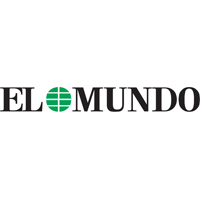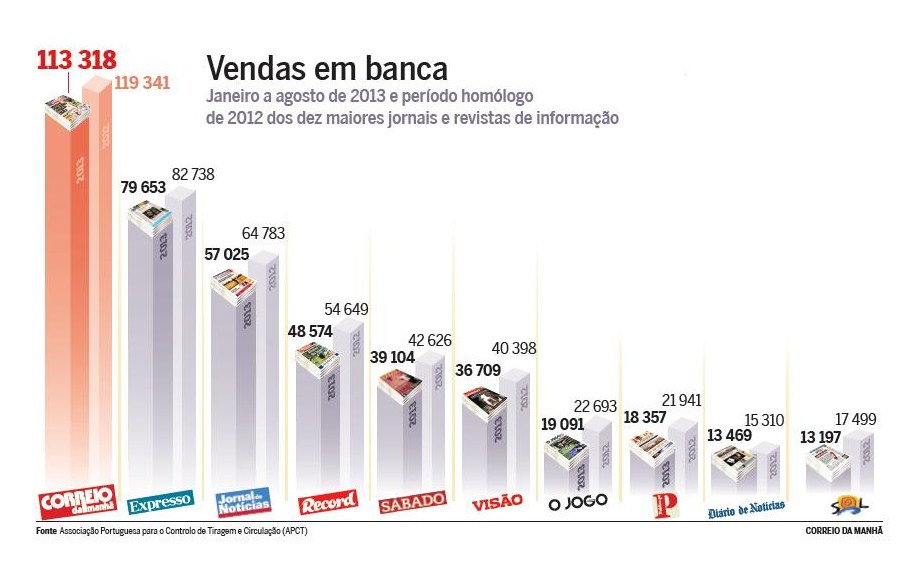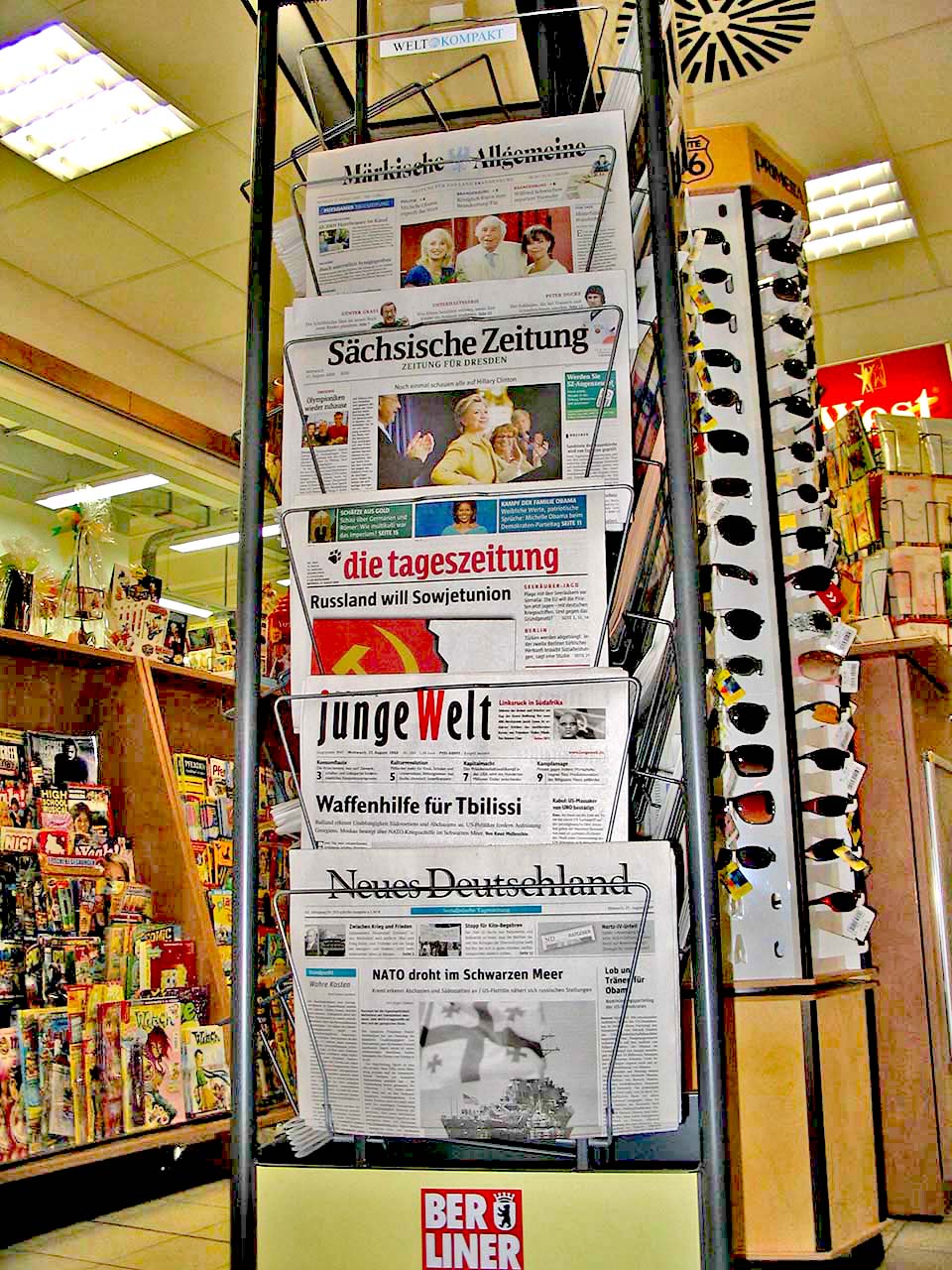According to El Pais, between 2008 and 2013, already closed 284 media in Spain. The highest number of disappearances is found in the magazines (182 titles) and daily newspapers (31 titles).
Source: El Pais

 The Guardian launched a free newspaper,The Long Good Read , that is a collection of a longform Guardian stories.
The Guardian launched a free newspaper,The Long Good Read , that is a collection of a longform Guardian stories.
Source: Nieman Journalism Lab

Dan Farber (CC BY-NC 2.0)
Given the current crisis of the business model and the need for new strategies that are reflected in profit, the newspaper industry welcomes the purchase of the Washington Post by the Amazon founder Jeff Bezos.
The expectations that Bezos transform the Washington Post in a viable business go far beyond the newspaper itself. Many hope that by saving the newspaper, Bezos find the magic potion that others can copy.
However, Jeff Bezos knows that there is no magic potion and believes that there is a long way to make the business profitable again: “There is a map and draw a path for the future will not be easy. We’ll have to invent, which means that we have to try. ”
Source: Público
 The U.S. satirical daily newspaper The Onion will no longer be published in paper, from December 12.
The U.S. satirical daily newspaper The Onion will no longer be published in paper, from December 12.
The President of the medium, Mike McAvoy, considers that the printed newspaper “is no longer a profitable business” and decided to just keep the digital version of the publication.
Thus, The Onion reaches the end of an era that started in 1988.
Source: The Business Journal
 Some analysts point to the “local press” as a solution to end the crisis of the press, but the observation of particular cases shows that the reality is not so linear.
Some analysts point to the “local press” as a solution to end the crisis of the press, but the observation of particular cases shows that the reality is not so linear.
In Spain, El Correo de Andalucía, a title with 114 years is at risk of disappearing and are the journalists themselves who are trying to prevent the extinction of the newspaper.
In France, the regional press is passing through a dark period and, this year, two regional daily newspapers already closed: Le Pays and Dijonscope.
Sources: El Correo de Andalucía and Rue89
 The Spanish daily El Mundo started a revolution at all levels, with particular focus on digital versions. The management considers that this transformation is “an earthquake in the tsunami”, which puts it few years ahead of the competition.
The Spanish daily El Mundo started a revolution at all levels, with particular focus on digital versions. The management considers that this transformation is “an earthquake in the tsunami”, which puts it few years ahead of the competition.
A reputed member of the Royal Spanish Academy, Luis María Anson, stated in his opinion column that “EL MUNDO is the first Spanish printed periodical that settles in the future.”
Source: El Mundo
 In an interview with Reuters, the CEO of the Financial Times says that the effort that is being made in developing web does not mean that the print edition will disappear.
In an interview with Reuters, the CEO of the Financial Times says that the effort that is being made in developing web does not mean that the print edition will disappear.
The newspaper, in a salmon-hued print, have already 125 years, and will continue to exist, according to CEO John Ridding.
“The irony is the right print format has a very good future” he said. The digital strategy, in his opinion, is not a step to the end of the print edition.
Source: Reuters
 According to the latest data from the Portuguese Association for the Control of Circulation and Runs (APCT), newspaper sales continue to decline.
According to the latest data from the Portuguese Association for the Control of Circulation and Runs (APCT), newspaper sales continue to decline.
Correio da Manhã continues to be the best selling among the newspapers that are audited by APCT, the second place belongs to the weekly Expresso.
Among the generalist dailies, the newspaper with less readers loses is Diário de Notícias. The largest drop in sales was recorded in the weekly Sol.
In the sports segment continues to be led by the newspaper Record (A Bola is not audited by APCT), whereas in the economic segment – a segment that seemed able to withstand the crisis, but ended up giving in to falling sales – Jornal de Negócios is indicated as the leader although OJE, running in a “low-cost” model, is the real leader of the segment.
Source: Correio da Manhã
Once the Newspaper Association of America has stopped compiling the quarterly results of newspaper companies is necessary to look at the reports of public enterprises. Gannett, which owns 81 community newspapers and USA Today is, by itself, representative .
The results show that there have been losses of advertising 5.3 percent since the beginning of the year , indicating that the industry will again lose more than a billion dollars on advertising in 2013 .
The total number of advertisements is falling at a slightly slower rate ( 5.3% ) for 2012 ( 6.8%). Revenues from digital ads will not be sufficient to cover losses print .
The results indicate that the business continues to decline, but not as fast as in previous periods .
For newspapers and their newsrooms, the results of the third quarter of 2013 indicate that 2014 will be another year that will have to work to make less money .
Source: Poynter

quapan (CC BY 2.0)
In Germany, print advertising loss is reaching into the double digits, several points higher than the United States. Two of the nation’s leading dailies, in Hamburg and Berlin, have just been sold by the largest publicly owned publisher in Europe, Axel Springer. Leading newspapers are talking about going ad-free and relying almost entirely on reader revenue.
Source: Nieman Journalism Lab